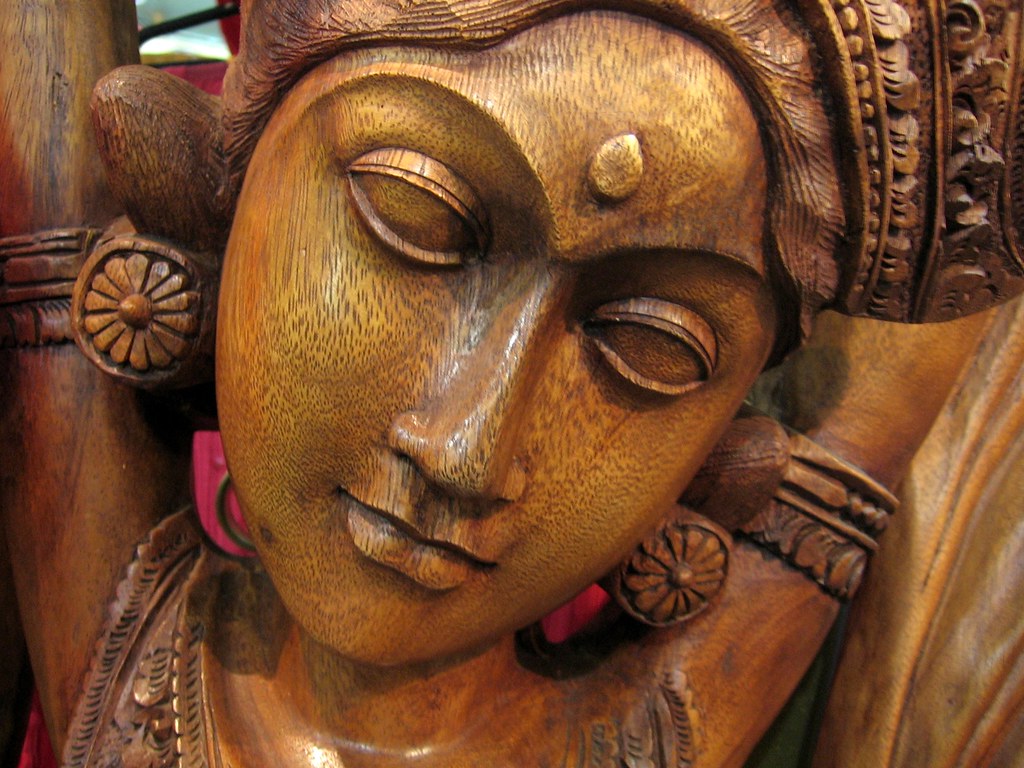Long long ago, there was a prince. He was wandering along with his assistants through the forest of his land. He came across a small house. The smell of butter melting into ghee wafted from the house. The prince concluded that there must be a woman in the house. He asked his assistants to knock the doors and get a cup of water. When the door opened, there appeared an angel like girl. The prince instantly got attracted and tempted by sculpted beauty. The girl sensed danger. She ran out of the house through the back door. The prince and others chased her. She ran helplessly and prayed intensely to God to turn her into stone at once. And she friezed into stone. The time went by. "she" become the goddess of her village. She is worshiped even today. So the story goes.
If I had the story in my childhood, I could have enjoyed it and gone to sleep. If I happened to read the story in my teen age, I could have got little angry and asked myself why people believe this kind of stories still. If I came across the story in my college days, I could have felt slightly doubtful and afraid to ask questions.
But later in life, I came to know the fundamental particles {electrons, protons, quarks} that constitute my body is same as the particles in the stone. So there is a chance conversion.
Later I also came to know about fossils. They are long buried dead trees and animals which had turned into stone. So the living beings can turn into stone over the time under certain conditions.
Then I happened to read an article in a magazine. It said: In a village of a foreign country, people unearthed many stone like human bodies. It is explained that they are turned into stone all at once due to eruption of volcano. That is, the hot lava turned them into stone.
So it is possible to convert human beings into stones at a flash. We are not going to explore how it happened in the 'girl's case'.
The moral of the story: the scientific mind should be open mind. We should be prepared to accept things which we cannot understand. Before newton, we did not know the sunlight could be split up seven colours by a prism. Before Thomas Alva Edison, we did not know the uses of electricity. We are yet to discover many things Hence we should be humble and accept and explore the unknown.
